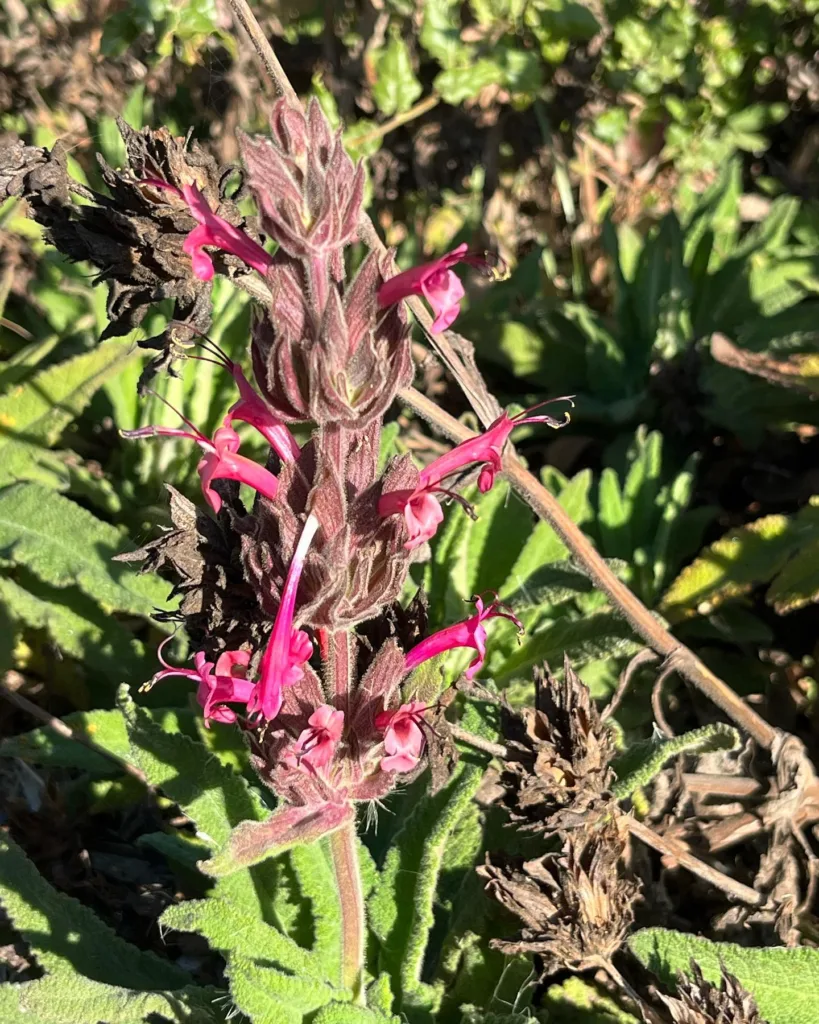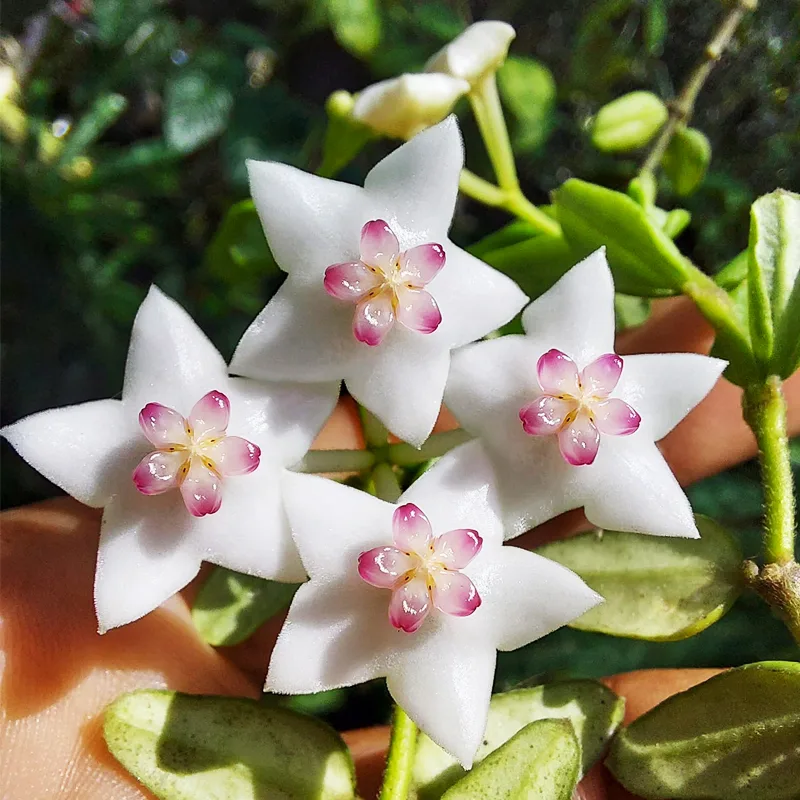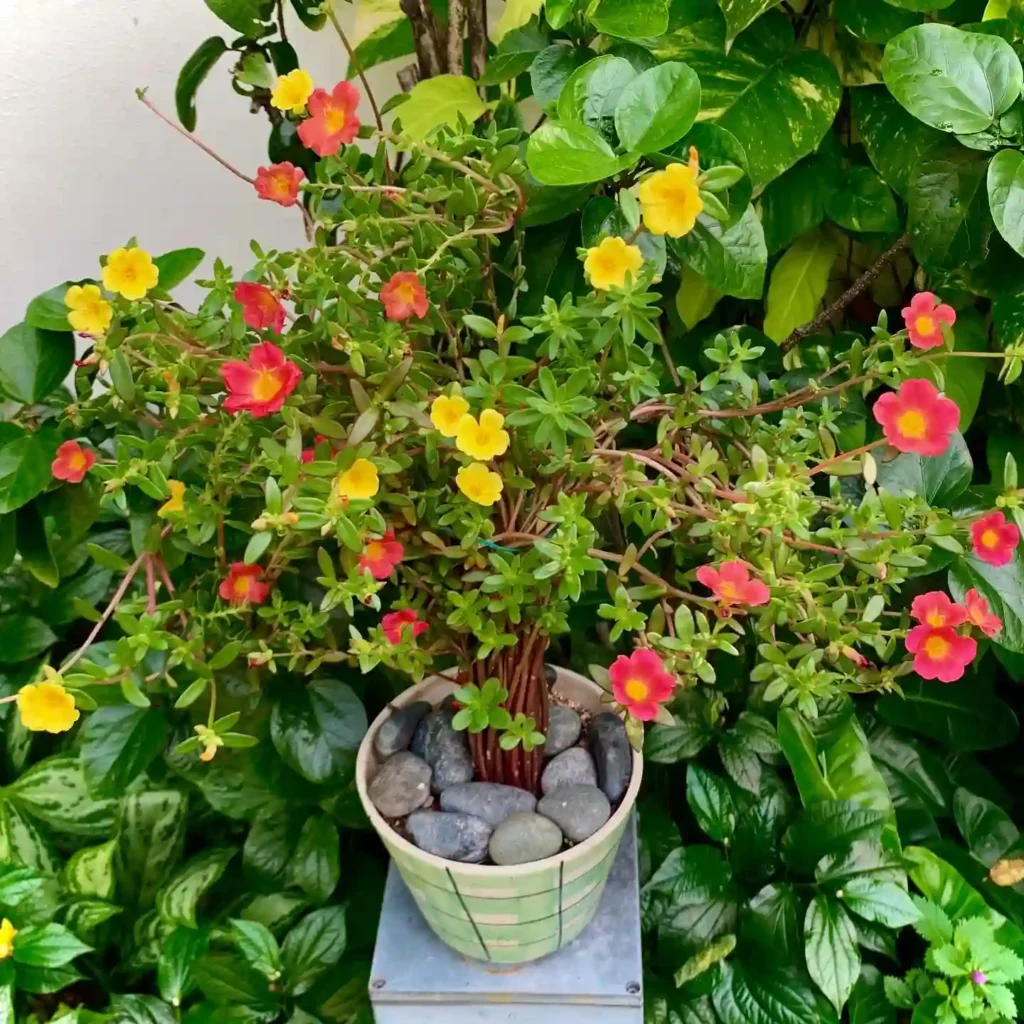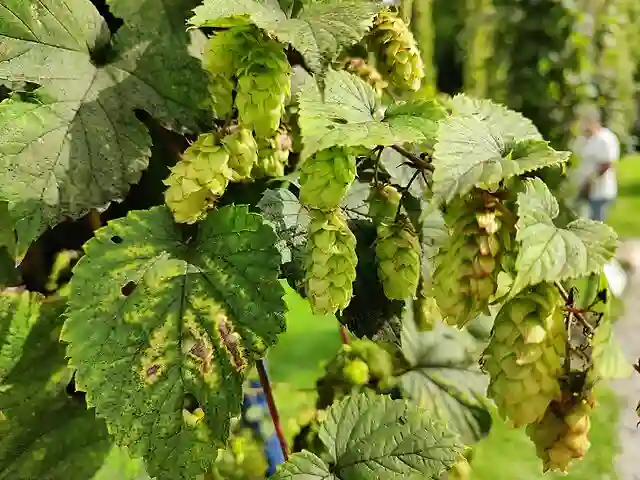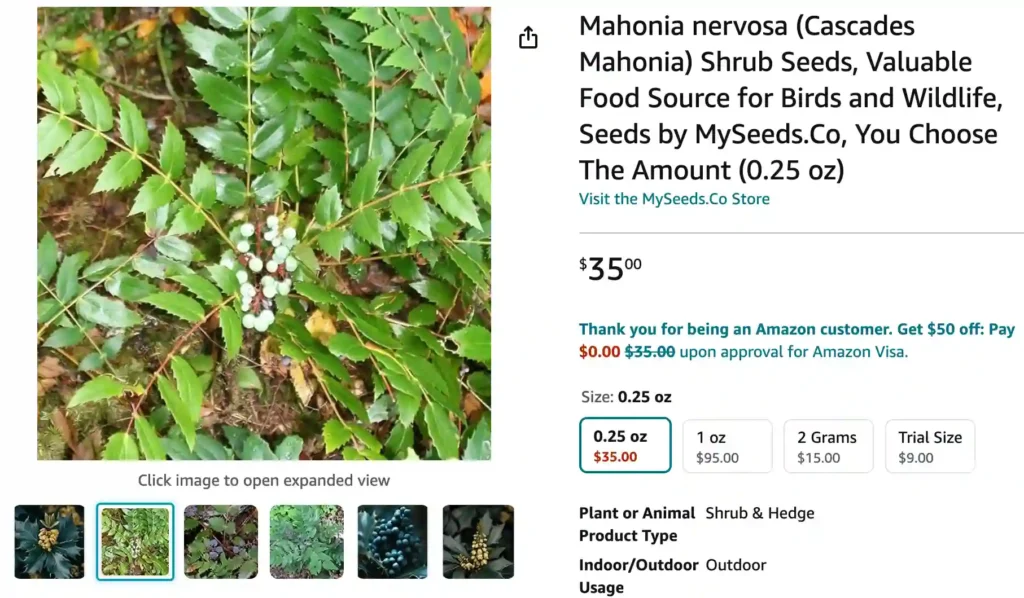
Unveiling the Cascade Mahonia: A Low-Maintenance Gem for Your Garden
The Pacific Northwest holds a treasure trove of unique plants, and the Cascade Mahonia (Mahonia nervosa) is no exception. This evergreen shrub has captivated me with its year-round appeal, transforming my garden into a haven of vibrant color and texture. But beyond its aesthetics, the Cascade Mahonia offers a surprising amount of functionality, making it a true garden workhorse.
Plant Family: 13 Genera in Berberidaceae
Unveiling its Beauty: A Multi-Season Performer
The Cascade Mahonia boasts a captivating presence throughout the year. Its crown jewel is arguably the foliage. Glossy, emerald green leaves with prominent veins, reaching up to 18 inches long, adorn the shrub. These leaflets, often described as “bristle-toothed” due to their serrated edges, add a touch of whimsy. As the seasons shift, the foliage transforms, taking on a stunning reddish-purple hue in winter, adding a pop of color to the often-dormant landscape.
But the magic doesn’t stop there. Come spring, the Cascade Mahonia erupts in a dazzling display of sunshine. Bright yellow flowers, clustered in racemes, burst forth, adding a burst of cheer to the garden. These fragrant blooms not only delight the senses but also attract a symphony of pollinators, buzzing with life around the vibrant display.
As summer wanes, the Cascade Mahonia continues to impress. The spent flowers give way to clusters of waxy blue berries. These berries, a feast for the eyes, also provide a valuable food source for birds, making your garden a haven for feathered friends.
Mahonia Nervosa vs Repens
I’ve noticed that Mahonia nervosa has a more delicate, fern-like appearance compared to the more robust look of Mahonia repens. Mahonia nervosa seems to thrive in the shaded areas of my garden, creating a lush, green undergrowth that adds a woodland feel. On the other hand, Mahonia repens has proven to be a resilient ground cover that tolerates a bit more sun, making it versatile for different spots in my yard.
Mahonia Nervosa vs Mahonia Aquifolium
Comparing Mahonia nervosa with Mahonia aquifolium, I’ve found nervosa to be much lower-growing and more suited for creating a carpet of green. Mahonia aquifolium, however, grows taller and produces vibrant yellow flowers that stand out beautifully in the spring. The foliage of Mahonia aquifolium is also more glossy and holly-like, which adds a nice variety to the textures in my garden.
Is Mahonia nervosa Edible?
While the berries of the Cascade Mahonia are technically edible, caution is advised. They possess a tart and acidic flavor that some may find unpleasant. Additionally, some reports suggest potential stomach upset if consumed in large quantities. It’s best to admire the berries for their ornamental value and leave the feasting to our avian neighbors.
How to care for Mahonia nervosa?
One of the most endearing aspects of the Cascade Mahonia is its low-maintenance nature. This shrub thrives in well-drained soil, tolerating a range of conditions from full sun to partial shade. Once established, it requires minimal watering, making it an excellent choice for water-wise gardens.
Propagating the Cascade Mahonia is a breeze. You can achieve this through division, where you carefully separate established clumps into smaller sections. Alternatively, collect stem cuttings in late summer or early fall and plant them in a container with a well-draining medium. With a little patience, you’ll be rewarded with new Cascade Mahonias to grace your garden.
What to plant with Mahonia nervosa?
The Cascade Mahonia plays well with others, making it a versatile addition to various garden styles. Here are some ideas for harmonious pairings:
- Ferns: The lush foliage of ferns complements the glossy leaves of the Cascade Mahonia, creating a textural contrast.
- Columbine: Delicate columbines, with their vibrant flowers, add a touch of whimsy alongside the Cascade Mahonia.
- Coral Bells: The contrasting foliage colors of coral bells and Cascade Mahonia create a visually interesting combination.
Beyond Beauty: Ecological Benefits
The Cascade Mahonia isn’t just a pretty face; it also offers valuable ecological benefits. Its dense foliage provides excellent ground cover, helping suppress weeds and prevent erosion. Additionally, the berries provide a food source for birds, contributing to the overall health of your garden ecosystem.
Whether you’re a seasoned gardener or just starting out, the Cascade Mahonia is a plant worth considering. Its low-maintenance nature, stunning visuals, and ecological contributions make it a true gem for any garden. So, if you’re looking for a plant that offers year-round interest and effortless beauty, look no further than the Cascade Mahonia. It might just become your new favorite garden companion.
If i die, water my plants!
